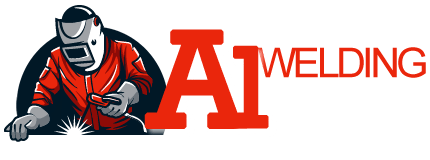Welding repair encompasses a variety of techniques used to mend or restore metal components or structures. The choice of welding repair method depends on factors such as the type of metal, the extent of damage, accessibility, and the desired strength of the repaired joint. Here are some common types of welding repair:
- Arc Welding:
- Shielded Metal Arc Welding (SMAW): Also known as stick welding, it uses a consumable electrode coated in flux to create an arc between the electrode and the workpiece.
- Gas Metal Arc Welding (GMAW/MIG): Uses a continuous solid wire electrode fed through a welding gun, along with a shielding gas, typically a mixture of argon and carbon dioxide.
- Gas Tungsten Arc Welding (GTAW/TIG): Utilizes a non-consumable tungsten electrode to produce the weld. Often used for precise welds on thin materials.
- Resistance Welding:
- Spot Welding: Joins two or more metal sheets by applying heat and pressure at localized points using electrodes.
- Projection Welding: Similar to spot welding but utilizes projections on the workpieces to concentrate the heat and pressure.
- Seam Welding: Produces a continuous weld along the length of overlapping workpieces.
- Gas Welding:
- Oxy-Acetylene Welding (OAW): Uses a mixture of oxygen and acetylene gas to create a flame for welding various metals.
- Plasma Arc Welding (PAW): Similar to GTAW but uses a constricted plasma arc for higher energy density and faster welding speeds.
- Flux-Cored Arc Welding (FCAW): Uses a tubular wire filled with flux to shield the weld pool, eliminating the need for an external shielding gas.
- Submerged Arc Welding (SAW): Uses a granular flux to cover the weld, which is submerged beneath the flux, protecting it from atmospheric contamination.
- Electroslag Welding (ESW): Utilizes a continuously fed electrode and a molten slag to generate the arc and protect the weld pool.
- Laser Welding: Uses a highly concentrated beam of light to melt and fuse metals together. It’s often used for precise and high-speed welding in industrial applications.
- Ultrasonic Welding: Joins metals through the use of high-frequency ultrasonic vibrations under pressure, suitable for thin materials and delicate components.
- Friction Welding: Joins materials through the application of frictional heat, causing the materials to fuse together. Techniques include rotary friction welding, linear friction welding, and friction stir welding.
Each welding repair method has its advantages, limitations, and specific applications. The choice of technique depends on factors such as the type of metal, the geometry of the components, the required strength of the weld, and the available equipment and expertise.
